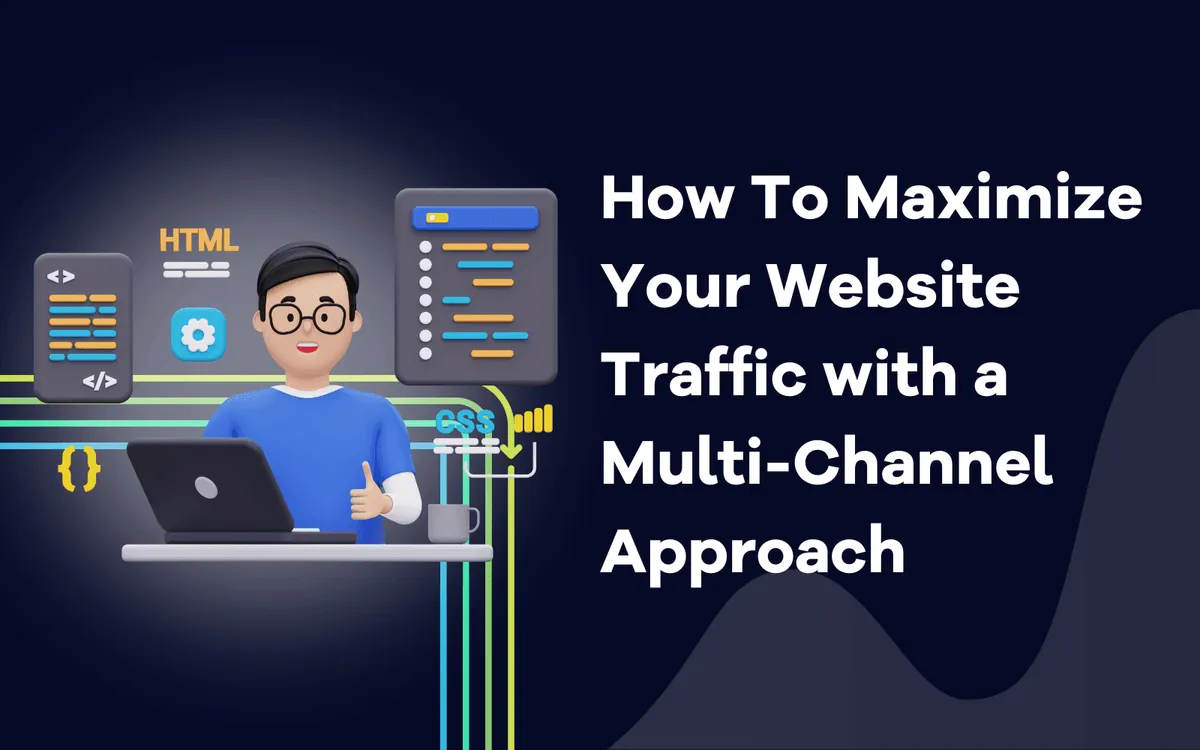
How To Maximize Your Website Traffic with a Multi-Channel Approach

Mehdi Hussen
December 8, 2023
Learn effective techniques to boost online visibility and reach a wider audience. Elevate your digital presence and drive more visitors to your website with these proven strategies.
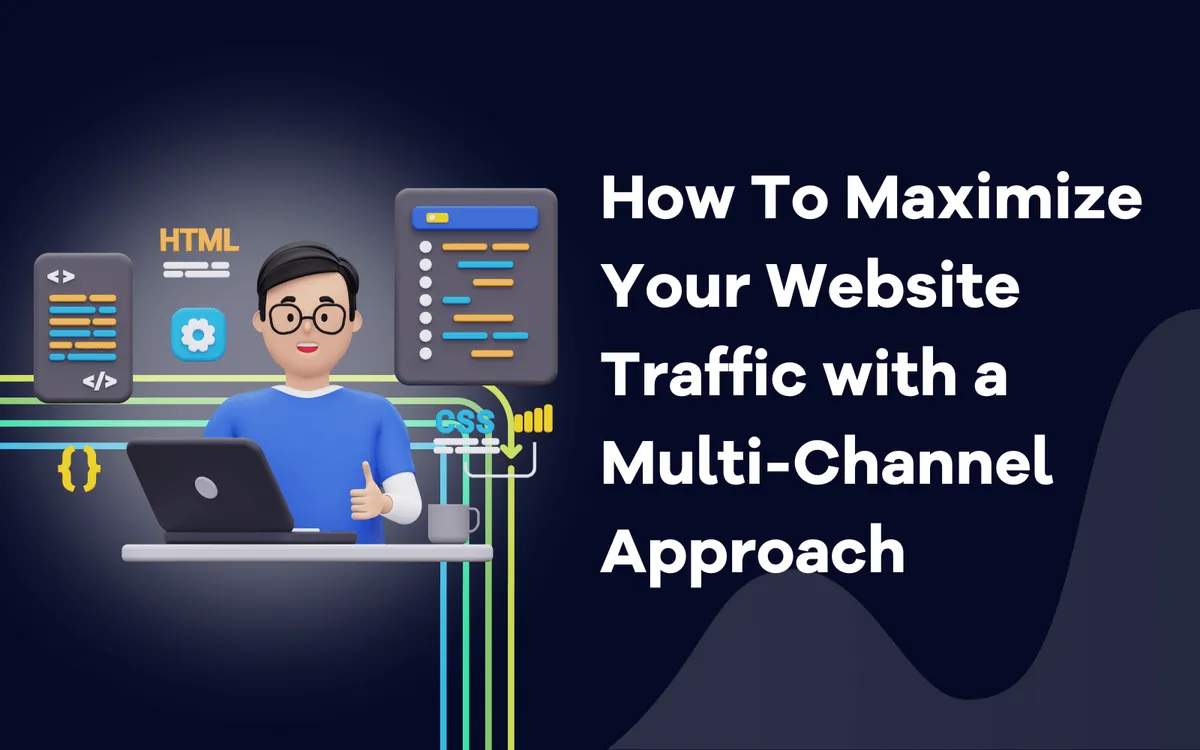
Do you need help getting the desired website traffic even after highly targeted marketing campaigns? The problem can stem from you relying on a single marketing channel.
In a world that’s constantly online, your website is one of the most valued assets of your business. It strengthens your digital presence, gives you credibility, and grows your brand.
But getting people to your website is tricky. It has no steadfast rule or map, as algorithms change constantly. Your approach has to be timely, agile, and organized — and still — there is no guarantee of getting the desired traffic.
But do you know what can help you here? Having a multi-channel approach. It will:
Reduce your dependence on a single source, making your strategy more robust and agile
Give you access to a broader audience
Enable cross-promotional opportunities
In today’s article, we find out what a multi-channel approach is and how you can use it to maximize your website traffic.
Understanding Multi-Channel Approach
A multi-channel approach is a marketing strategy that uses several channels or platforms to reach and engage with the target audience.
People, on average, spend almost 7 hours every day consuming content. It includes TV, phone, and other digital media. A multi-channel approach lets you leverage the strength of each of these channels and create a cohesive and integrated experience for the audience.
Examples of different channels
Here are some marketing channels top brands love. You can choose a mix of them according to your requirements.
Social media
Platforms like Facebook, Instagram, TikTok, and YouTube are all the buzz in marketing now. You can use them for ad placements to bring visitors to your website. You can also add shoppable posts and even build relatability for your brand through content.
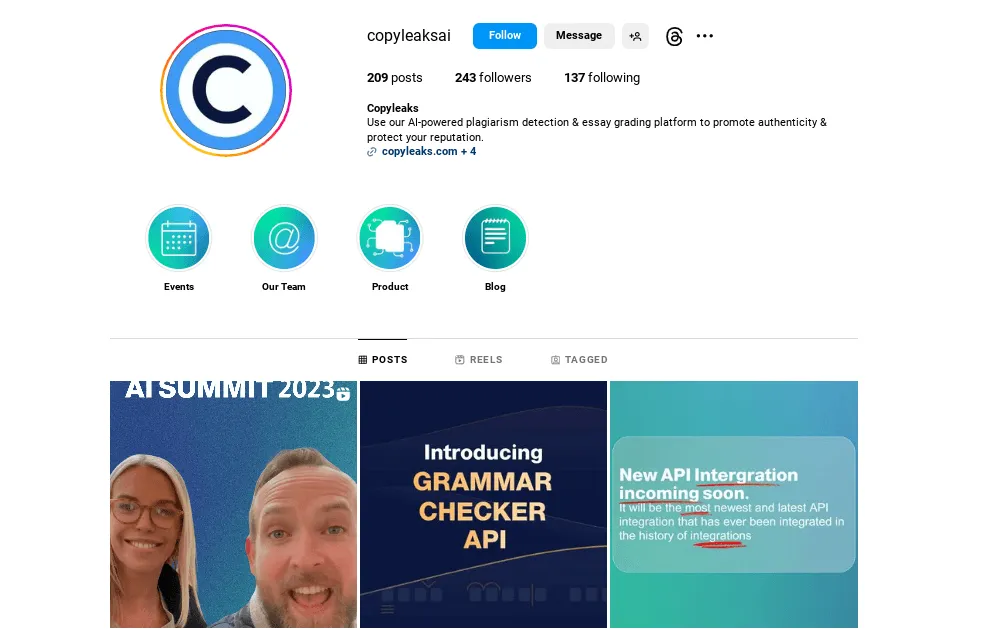
For example, the SaaS brand Copyleaks regularly posts content on its Instagram account to drive web traffic.
Everyone uses email. It still is one of the most reliable marketing channels. You can use email marketing to create meaningful relationships, promote your products, incentivize existing and potential customers with offers, and increase website traffic.
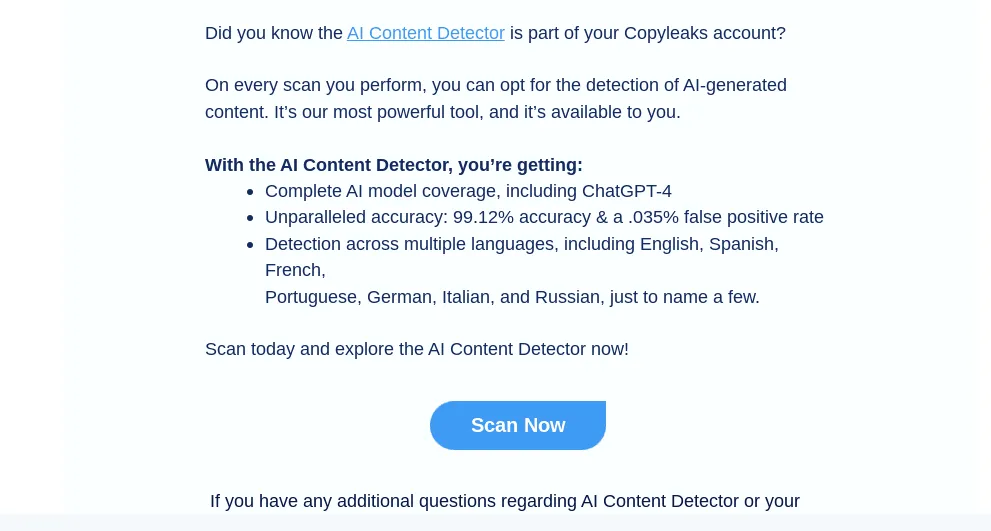
As their multichannel approach, Copyleaks also runs an email marketing campaign.
SEO
While searching for information in search engines, we look at websites ranking high on SERPs. By optimizing your website and its content, you can improve your ranking on search engines. That way, whenever someone searches your service-related keywords, your website comes up among the top results, increasing your traffic.
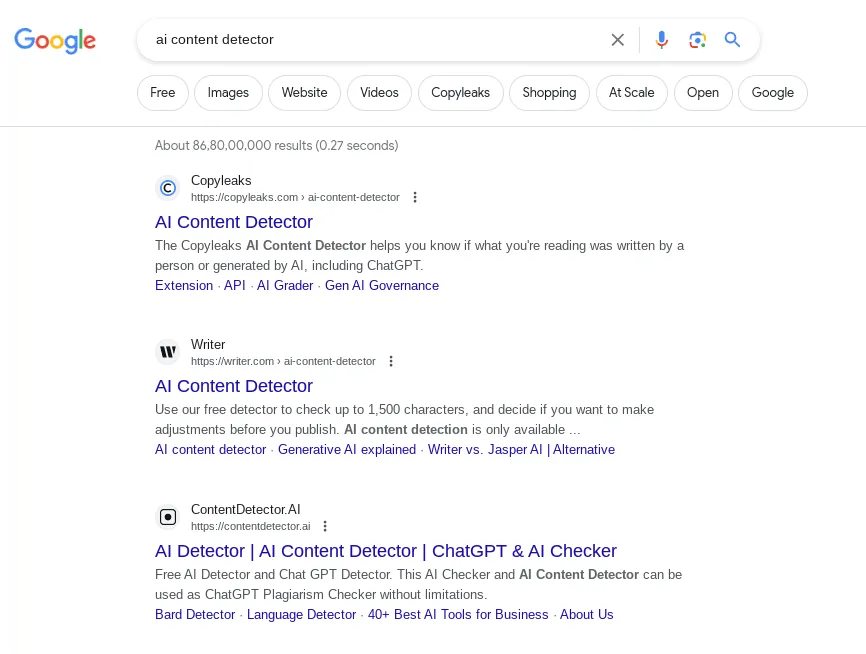
For example, we searched “AI content detector” on Google, and Copyleaks’ website came up as the top result.
Blogs
Publishing informative blogs on your website can also do wonders for your website traffic. SEO-optimized blogs rank high on search engines, generate interest in your brand, and encourage people to click on the CTAs and explore your website.
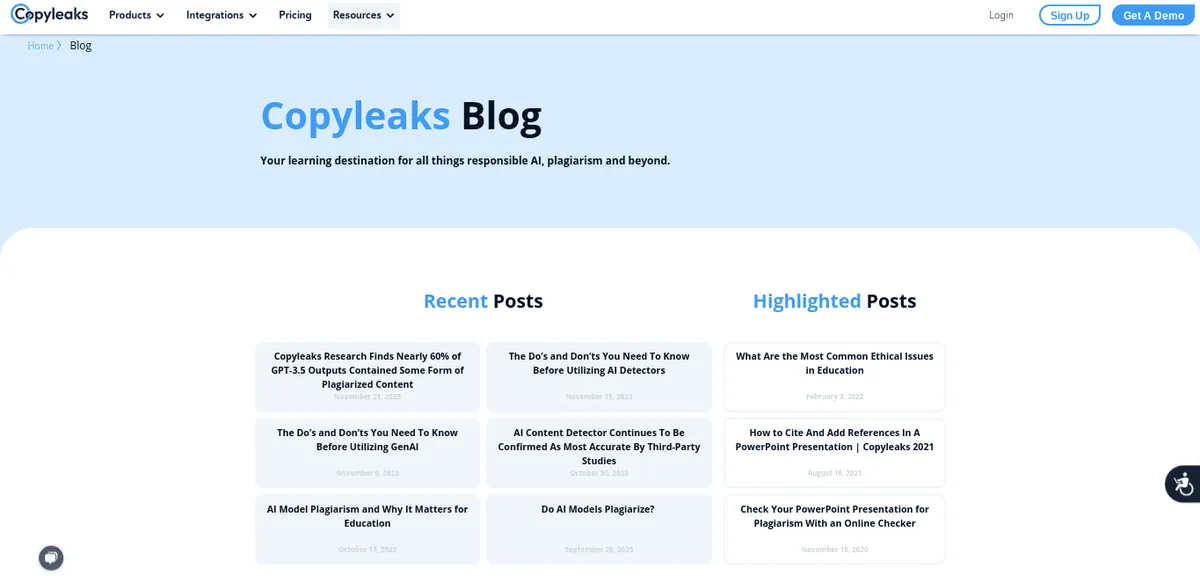
Taking a multichannel approach, Copyleaks also has an active blog page to market content.
Benefits of using multiple channels
What can you gain through multi-channel marketing?
Different customer segments consume information through different platforms. A multi-channel approach lets you reach out to every audience category, driving traffic from multiple sources.
With rapidly shifting algorithms, depending on only one channel can be drastic for your website traffic as its reach can slow down without warning. Multiple marketing channels diversify this risk, offer strategic agility, and help you grow your traffic steadily.
A multi-channel approach also lets you understand the complexities of the user journey across various touchpoints and create a cohesive brand experience. It generates widespread interest in your brand and gets new visitors to your website.
When you have only one channel to market your brand, you can’t afford to fail while experimenting with new campaigning ideas. A multi-channel strategy gives you this freedom as you have backup channels to maintain traffic.
How To Maximize Your Website Traffic with a Multi-Channel Approach
Now that we know what a multi-channel approach looks like and what it can do for your brand, let’s see how you can use it to optimize traffic:
#1. Set clear goals
For any product strategy to work, it needs a set of definite objectives. So, before you begin your multi-channel marketing plan, lay down your traffic goals.
Don’t let your imagination run wild. Set SMART (Specific, Measurable, Achievable, Relevant, Time-bound) objectives. For example, you can say, “I want to drive 500 organic visitors to my website in the next month.”
So, audit your resources and budget to manage your goals. Ensure every goal you set aligns with your overall business objectives.
For example, if your target for the next month is to increase sales by 10%, see how much traffic would help you achieve that, assess how realistic it is, and set traffic goals accordingly.
A multi-channel approach will work only when you know your target audience for each channel. Once you choose the platforms, assess their user data. See which customer segment prefers which channel and set your traffic goals for each accordingly.
#2. Implement comprehensive SEO strategies
Next, your focus should be on improving your SEO. Start by identifying relevant keywords, whether it’s for your blogs, social media content, or website content. You can use keyword research tools like Google Keyword Planner, SEMrush, or Ahrefs. Focus on aligning SEO with user intent.
Implement on-page techniques, such as:
Ensure your website has a responsive design.
Include target keywords in your title tags, meta descriptions, headers, and URLs. Ensure they are compelling enough to make the user click on your link.
Include visual elements in your content and maintain an optimal keyword density (1-2%).
Compress and optimize images.
Get an SSL certificate for your website since search engines prefer secure sources.
Minimize HTTP requests and enable browser caching.
You also need off-page SEO tactics to maximize exposure. Here are some:
Add high-quality backlinks from authoritative sites to your content. Ensure they are highly relevant to your content since it’s one of the elements that Google considers while ranking you.
Leverage guest posting to build authority in your niche.
Promote your content on social media and through email marketing.
#3. Leverage social media
Assess your target audience’s online activity and identify the platforms they use the most. It also depends on your industry. For example, for a beauty brand, Instagram and TikTok are perfect for their marketing campaigns. But for a software company, LinkedIn may work better.
Create engaging and sharable content that caters to that specific platform’s audience. For instance, a fun behind-the-scenes reel can get you significant engagement on Instagram. But if you are creating content for LinkedIn, make it more professional with compelling stats and actionable industry insights.
Paid media ads are a surefire way of maximizing website traffic. The social media algorithm will show users relevant ads according to their activity and engagement. This makes it very likely for them to click on your ad and visit your website.
Damian Grabarczyk, a seasoned e-commerce entrepreneur and the co-founder of PetLab Co., shares — "With SEO's unpredictability, PetLab strategically built an audience of over a million followers across social media platforms. This wasn't just diversifying traffic but a deliberate move to strengthen our brand against Google's algorithm shifts. By actively engaging with a vast audience, we've crafted compelling stories that lead them directly to our website. This approach has not only safeguarded us against SEO volatility but also significantly boosted our sales. Social media has now become a key channel for us, pivotal in engaging our target audience and driving our business growth."
#4. Use email marketing for traffic growth
Every demographic widely uses emails. It’s a must-have medium in your multi-channel approach. You can drive steady website traffic and even get high-quality leads with the right content, attractive offers, and strong CTAs.
Craft compelling email content with attention-grabbing subject lines. Address the recipient by their first name, and personalize the content according to user preference.
Add vibrant visuals and a strong CTA button. You must also ensure your emails reach the right recipient at the right time.
Sending out emails to individual customer segments is time-consuming and error-prone. So, invest in a scalable email marketing tool and automate your campaign.
#5. Experiment with paid advertising
If you have the budget, give paid advertising a try. It’s a promising channel for increasing website traffic and improving brand awareness among a vast audience.
Use Google ads and pay-per-click campaigns. As these are targeted ads, they will showcase your brand to the relevant audience.
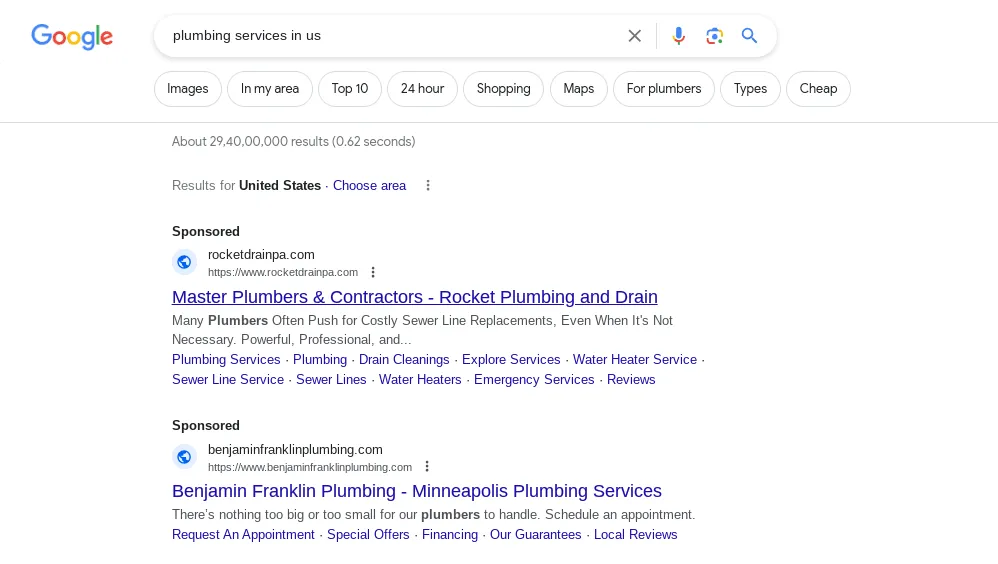
Here, when we searched for “plumbing services in US”, Google showed paid ads for brands like Rocket Plumbing and Benjamin Franklin Plumbing.
#6. Focus on content marketing
High-quality, informative, and relevant content that offers solutions to your audience’s needs portrays you as a niche expert. It piques their interest to know more about your brand, driving them to your website. So, besides improving SEO, prioritize the quality of your content marketing as well.
Diversify your content format. Write blogs, case studies, listicles, etc., to cater to different preferences. Create informative videos and infographics for those who don’t have the patience to go through an entire article. Podcasts and audio transcripts are great for diversifying your content strategy.
#7. Check analytics and monitor regularly
To be in control of your multi-channel approach strategy, you need real-time SEO ranking updates and access to high-volume keywords. Use a reliable web analytics tool. Monitor relevant website KPIs like bounce rate, traffic by source, sessions, etc. Benchmark performance against your past records and your competitors. Identify areas of improvement and adjust strategies accordingly.
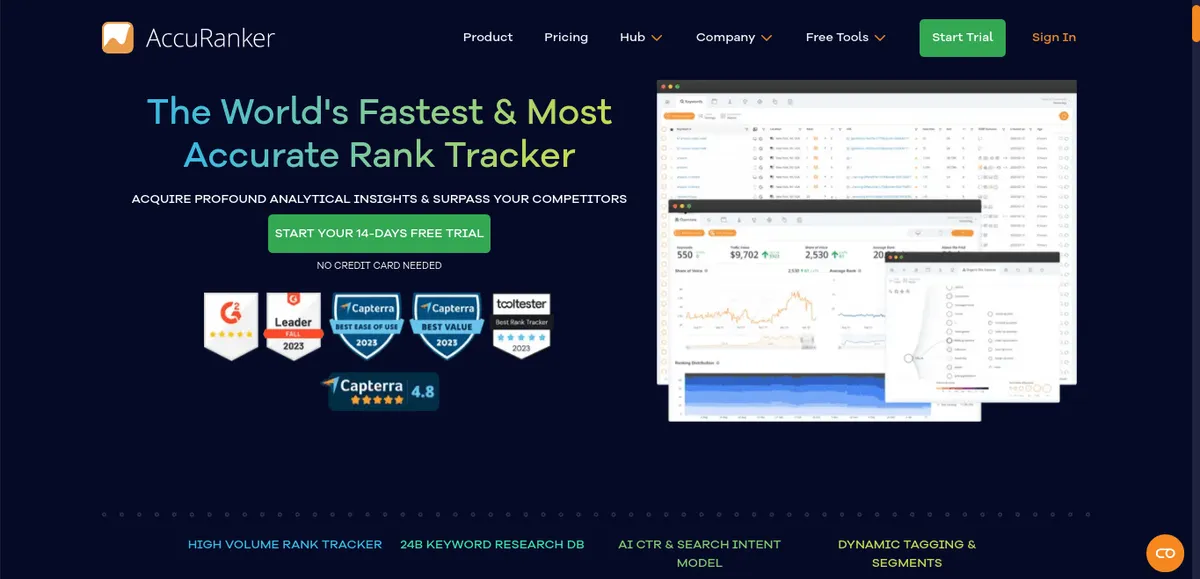
Accuranker offers instant on-demand SEO data and refreshes keyword ranking whenever you want. You can also target various SERP features on Google and include them in your strategy to maximize traffic. Accuranker also provides in-depth SEO analysis and lets you improve it consistently.
#8. Focus on integration and consistency
Ensure your presence across all channels is cohesive with your brand. Otherwise, it would make your campaigns look haphazard, compromise credibility, and won’t generate the expected brand recognition and traffic.
Create a comprehensive brand style guide outlining your brand’s visual and messaging guidelines. Explain logo usage, color schemes, typography, tone of voice, and other key elements.
However, don’t duplicate one channel’s content verbatim and post it on another. Tailor it according to the platform but maintain a consistent theme.
Facilitate collaboration between teams responsible for different channels. Arrange regular meetings and establish communication channels. It keeps everyone on the same page and maintains a unified brand identity.
#9. A/B test for continuous improvement
Run A/B tests for every mic of channels you use. Collect and compare data and seek feedback from your team. Look for patterns and trends in user behavior to determine which variations drive the most traffic while maintaining other web KPIs. Finally, stay updated on market trends to choose the best variant.
Conclusion
Handling multiple marketing channels can be complicated. However, the right strategies can be a boon for maximizing your website traffic.
To re-emphasize its importance, here is a TL;DR version of today’s discussion:
Set clear goals for your multi-channel marketing and align them with your business objectives
Put effort into your social media presence
Create high-quality and diverse content and follow on-page and off-page SEO best practices
Invest in Google ads and PPC
Use a feature-rich rank tracker and analytics tool to identify areas of improvement
Stay true to your brand identity across all channels
Finally, adapt and optimize your multi-channel strategy to sustain high traffic on your website, regardless of how the algorithm changes.
Related blog posts

AI Overviews Are Taking Over SERPs
From traffic drops to decreasing CTRs, AI Overviews are shaking up SEO. Learn what is happening and how AccuRanker helps you track AIO.
25 June 2025
How AccuRanker’s AI Models Fix Inaccurate SEO Data
Struggling with unreliable SEO data? Discover how AccuRanker’s CTR, Search Intent, Search Volume, and Share of Voice deliver accurate insights.
1 June 2025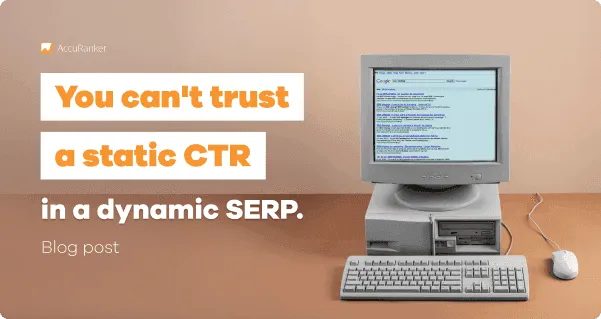
Why Your CTR Model Is Betraying You
The static CTR model relies on outdated averages. Learn more about how AccuRanker's dynamic CTR model helps you prioritize your SEO efforts.
13 May 2025



